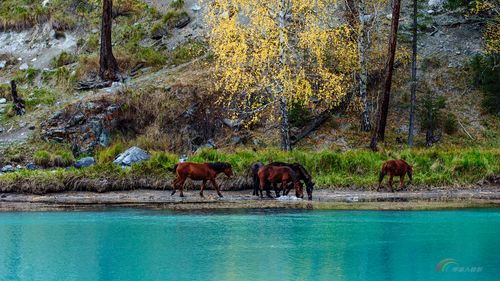The Ultimate Guide to Glacier Information: What You Need to Know
Glaciers are one of the most spectacular creations of nature. They are massive and impressive bodies of ice that can be found in remote parts of the world, and they are much more than just frozen water. Glaciers have a significant impact on the environment and are fundamental to life on earth.
In this article, we will provide you with an ultimate guide to glacier information. We’ll explore what glaciers are, how they form, and the different types of glaciers that exist. We’ll also take a look at the impact that glaciers have on the environment, and how climate change is affecting these natural wonders.
What Are Glaciers?
A glacier is a large mass of ice that is formed over many years by the accumulation of snow. This snow is compressed over time and converts into ice, forming a glacier. Glaciers are found on all continents, except Australia, and cover around 10% of the earth’s surface.
How Do Glaciers Form?
Glaciers are formed in areas where snowfall exceeds snowmelt, usually in cold, high-altitude regions such as mountains. The snow that falls during the winter months is compacted under the weight of subsequent snowfalls, forming a dense, granular mass known as ‘firn.’ Over time, this granular snow converts into ice, forming a glacier.
Types of Glaciers
There are two main types of glaciers: valley glaciers and ice sheets. Valley glaciers are long, narrow masses of ice that flow down valleys, while ice sheets are massive, flat sheets of ice that cover large areas of land.
Impact of Glaciers on the Environment
Glaciers have a significant impact on the environment. They act as natural reservoirs, storing water during the winter months and releasing it slowly throughout the year, ensuring a steady supply of water for downstream ecosystems. Glaciers also contribute to the formation of rivers and can affect the local climate.
Climate Change and Glaciers
The current warming trend caused by climate change is having a significant impact on glaciers worldwide. Many of the world’s glaciers are melting faster than ever before, leading to a rise in sea levels and affecting the climate in many regions. If the current trend continues, it’s estimated that many of the world’s glaciers could disappear entirely within the next few decades.
Conclusion
Glaciers are an essential natural resource and have a significant impact on the environment. However, their existence is also under threat due to climate change. By understanding the role that glaciers play in our world, we can take steps to protect them and ensure they continue to play a vital part in the earth’s ecosystem.
(Note: Do you have knowledge or insights to share? Unlock new opportunities and expand your reach by joining our authors team. Click Registration to join us and share your expertise with our readers.)
Speech tips:
Please note that any statements involving politics will not be approved.
